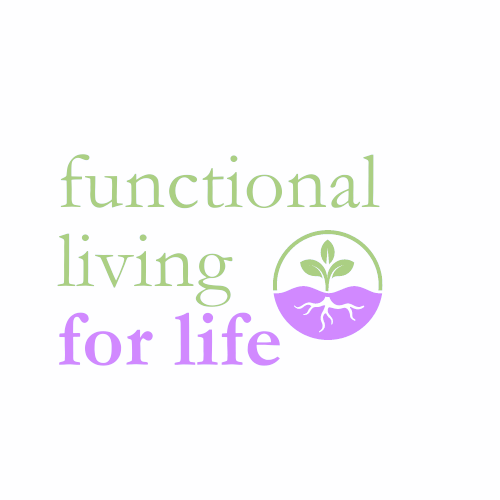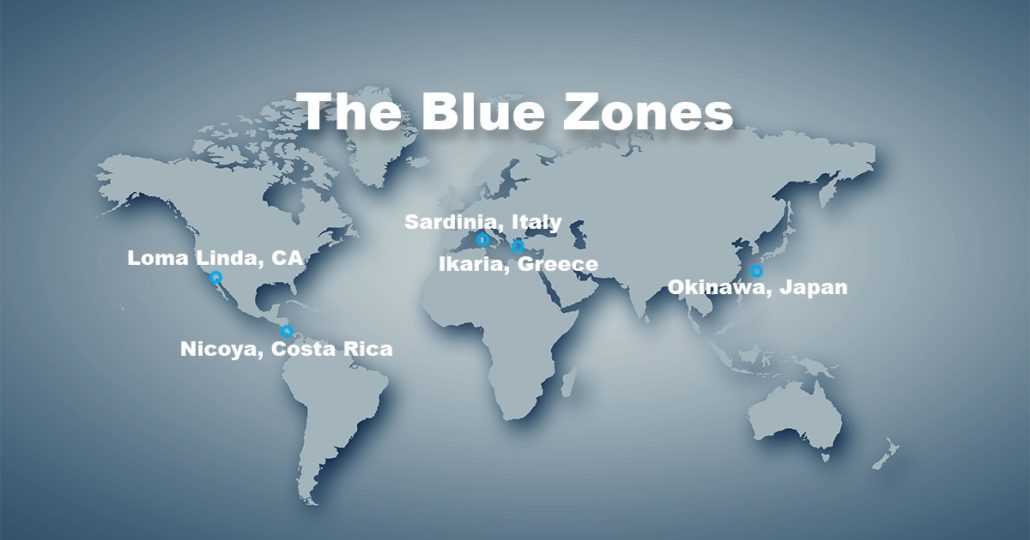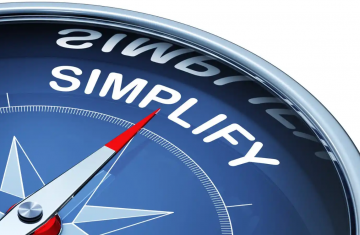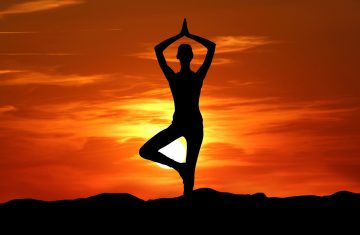Have you ever wondered why some people live well into their 90s and 100s, still active and full of life? The answer may lie in five unique regions of the world known as Blue Zones, places where people consistently live longer, healthier lives than the global average.
What Are Blue Zones?
The term “Blue Zones” was coined by National Geographic explorer and author Dan Buettner, who identified five geographic regions with the highest concentrations of centenarians. These zones aren’t just about longevity, they’re about thriving in old age with minimal rates of chronic diseases like heart disease, diabetes, and dementia.
The five original Blue Zones are:

Okinawa, Japan. It is home to some of the world’s oldest women, whose diet is abundant in vegetables and tofu. Their lives revolve around strong social networks known as moai.

Sardinia, Italy In the mountainous Barbagia region, it is common for men to surpass the age of 100. Their traditional diet consists of goat milk, pecorino cheese, and red wine, complemented by daily physical activity derived from shepherding.

Ikaria, Greece Renowned as the island where individuals “forget to die,” Ikarians embrace a Mediterranean diet, take midday naps, and maintain a relaxed, stress-free lifestyle.

Nicoya Peninsula, Costa Rica A plant-based diet, a profound of purpose (plan de vida), and extensive outdoor labor contribute the region’s remarkably low incidences of heart and cancer.

Loma Linda, California, USA, is home to a large population of Seventh-day Adventists, whose faith-driven lifestyle emphasizes vegetarianism, rest, and community.
What Do They Have in Common?
Despite being spread across different continents and cultures, Blue Zone populations share some striking lifestyle similarities, including:
Plant-based diets: Meals are centered around vegetables, legumes, whole grains, and nuts.
Natural movement: People stay active through walking, gardening, or
manual labor, not structured exercise routines.
Social connection: Strong family ties and social networks help reduce stress and boost emotional health.
Sense of purpose: Knowing “why you wake up in the morning” adds years to your life.
Moderate calorie intake: In Okinawa, for example, people follow the rule of “hara hachi bu,” meaning they stop eating when they’re 80% full.
Spiritual or religious involvement: A common thread that encourages community, rest, and reflection.
Can We Create Our Own Blue Zone?
Absolutely. Buettner and his team have helped several U.S. cities become “Blue Zone Project” communities by encouraging changes in urban design, food options, and community engagement.
Blue Zones Project: Transforms Communities – Longer, Healthier Lives
Living like a Blue Zone resident isn’t about perfection, it’s about small, sustainable changes that lead to a healthier, more purposeful lifestyle.
Are you curious to learn more or take the first steps toward your own Blue Zone life? Start by adding more plants to your plate, reconnecting with loved ones, and moving your body in ways that bring you joy.
Live longer. Live better.




